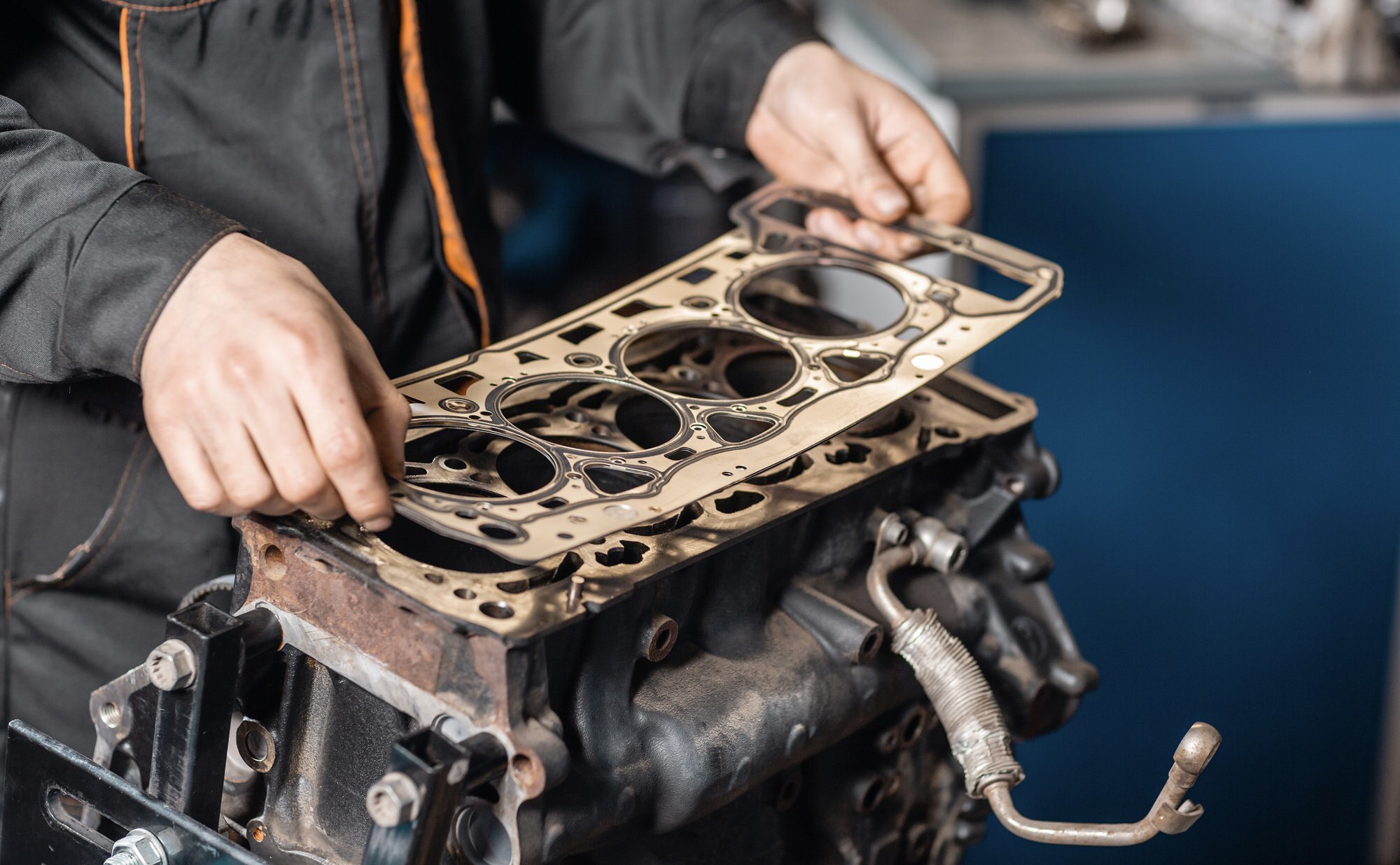Recalls happen for all sorts of reasons. Sometimes, it is a minor issue that you wouldn't even notice. Other times, it's something that should be taken care of ASAP.
Transmission fluid eventually becomes contaminated with small particles created by the wear of moving parts and breakdown of chemical properties. Failure to change transmission fluid and filters may allow these particles to clog the small passageways and valves in your transmission, impeding performance and causing irreversible damage. Let’s dig into a few details about why this service is so important, how often it needs to be done, and what you can do between maintenance intervals to ensure the long life of your transmission.
What is Involved?
To extend the life of your transmission, we flush the vehicle’s contaminated transmission fluid and install fresh warranty approved transmission fluid. We then replace the filter and pan gaskets if necessary.
Why do I have to do this?
Manual: In a manual transmission, the problem is not so much the fluid degradation, but rather fluid contamination. This contamination occurs over time as the synchronizers, bearings and gears in the transmission wear. The resulting metal particles then float around in the lubricant. And we all know that oil with microscopic particles of metal in it does not lubricate as well as clean oil. So if these contaminants are not drained out, they will shorten the life of your transmission.
Automatic: Because more heat is generated in an automatic transmission, automatic transmission fluid actually degrades and breaks down with use.
In addition, like in a manual transmission, automatic transmission fluid will also become contaminated with worn bits of the transmission planetary gears and clutch materials. If these contaminants are not drained out, they will shorten the life of your transmission.
How often should I do this?
Despite the significant advancements in modern transmissions and the “fill-for-life” fluids used by some manufacturers, automatic transmission experts say fluid should be periodically changed to ensure maximum transmission life. We recommend having your transmission fluid flushed every 45,000 KMS.
Further Reading: The Globe And Mail had a great write up on the value of changing “fill for life” fluids in their Globe Drive section, read it in full here.
What if I don’t do this?
If you don’t change the transmission fluid on schedule, you’ll be lubricating your transmission with metal shavings and other contaminants. This will shorten the transmission’s life. With the average cost of a transmission replacement at over $3000, regular transmission fluid flushes are a sound investment.
What do I do between the maintenance interval?
Between fluid flushes it is a good idea to regularly check the fluid level. Letting your car run low on transmission can cause your car to shift improperly or not at all. You may not hear any noises or have any clues that your transmission fluid is running low until it is too late, so it is important to check.




